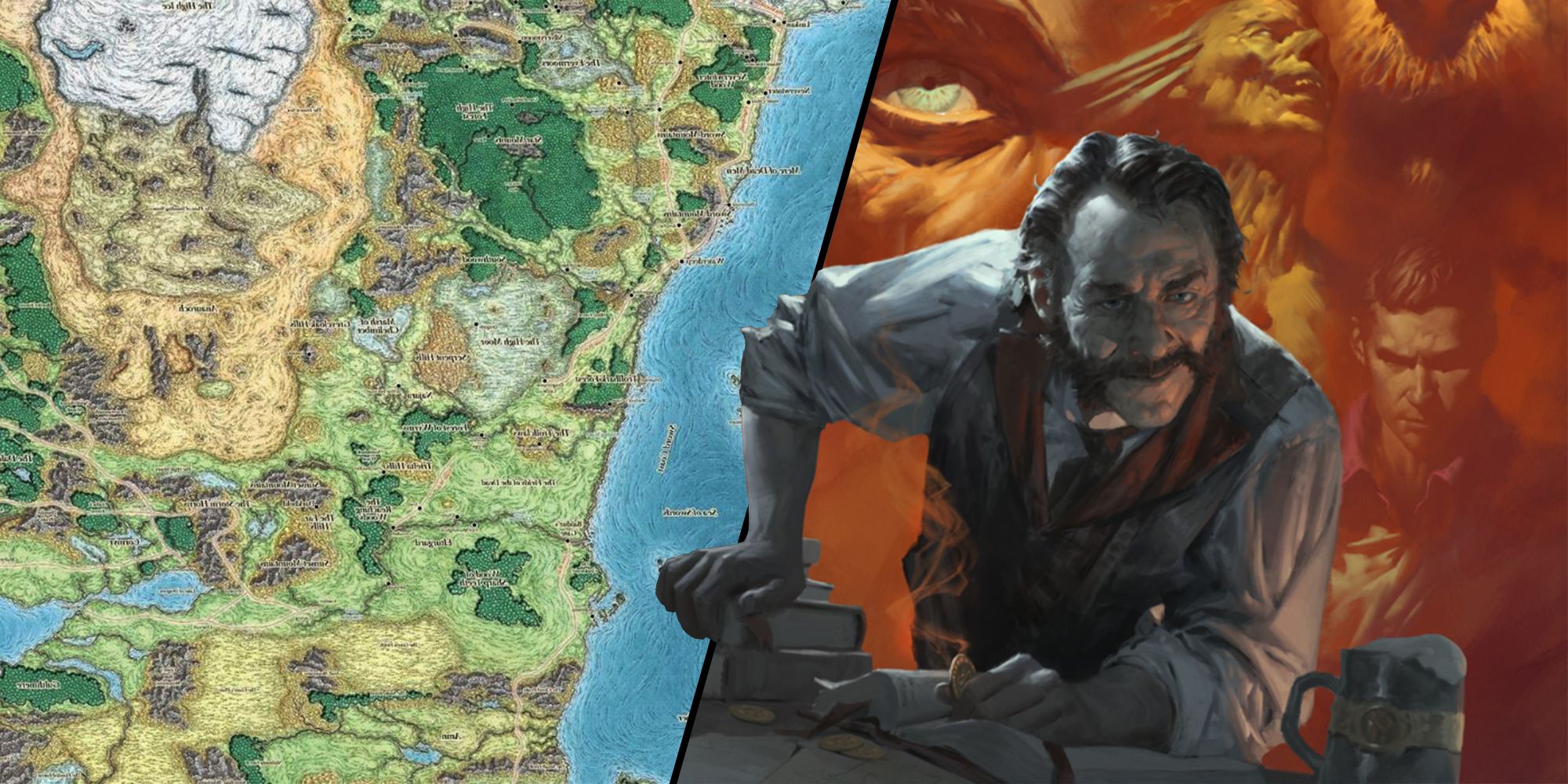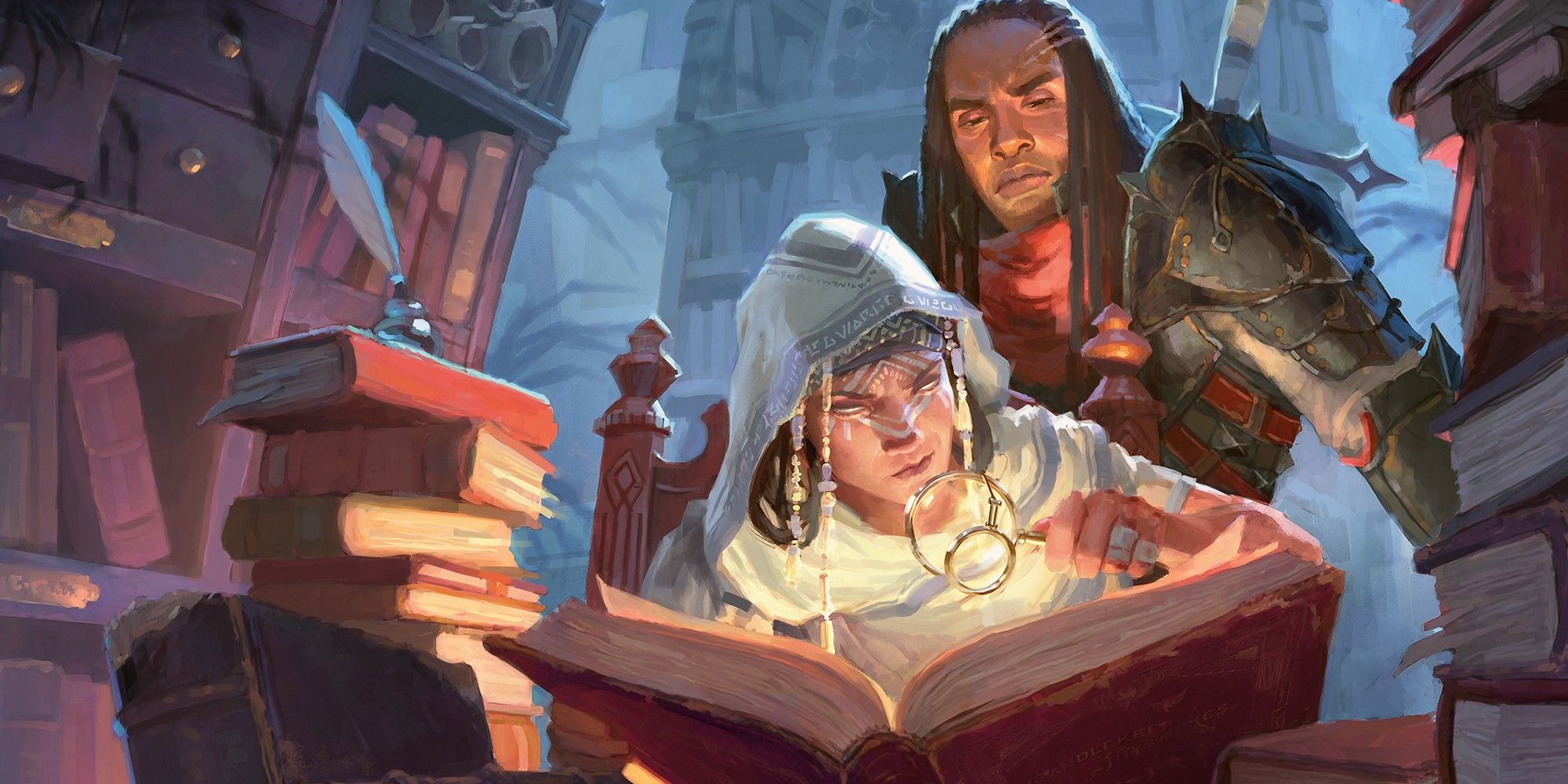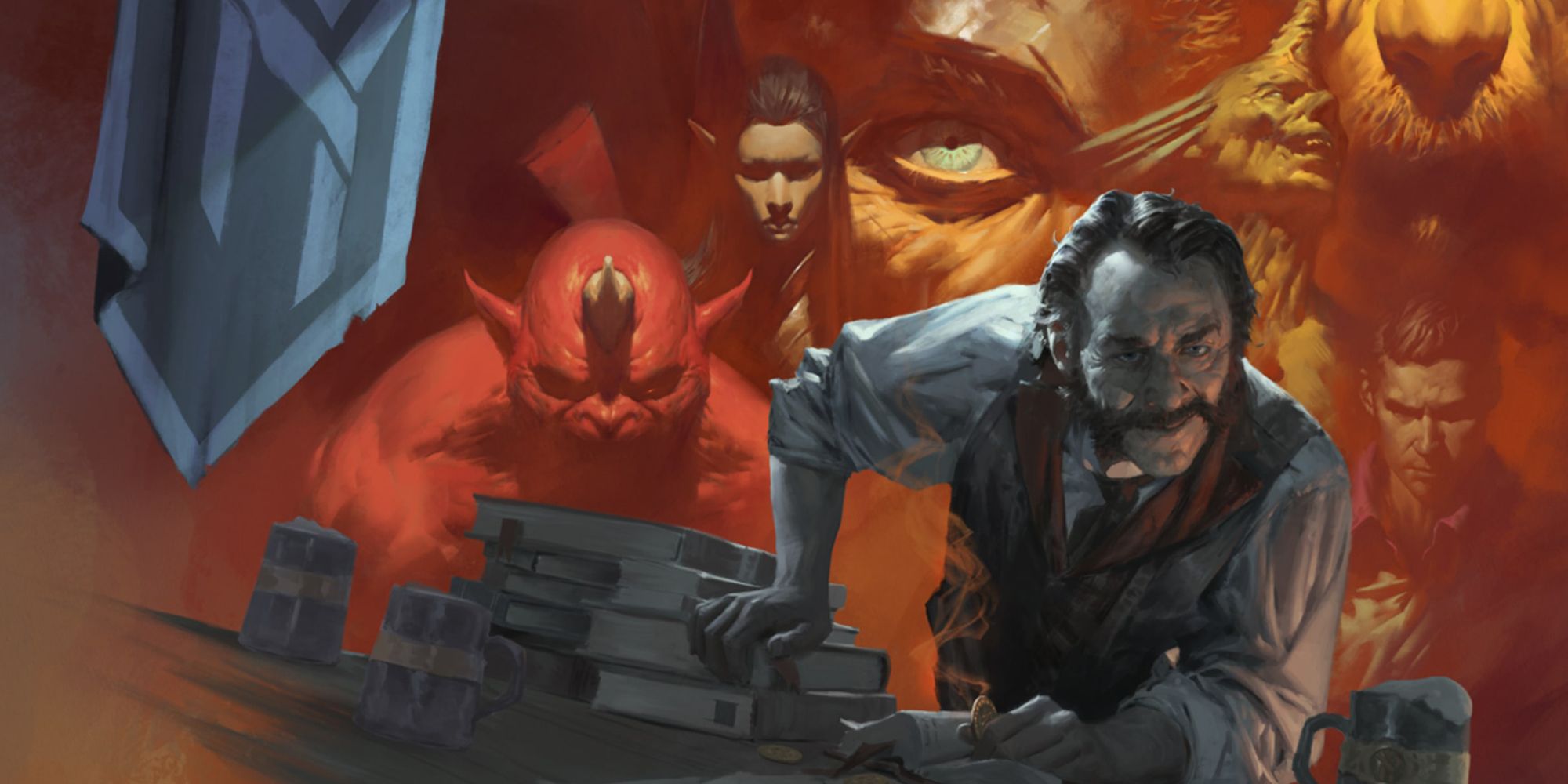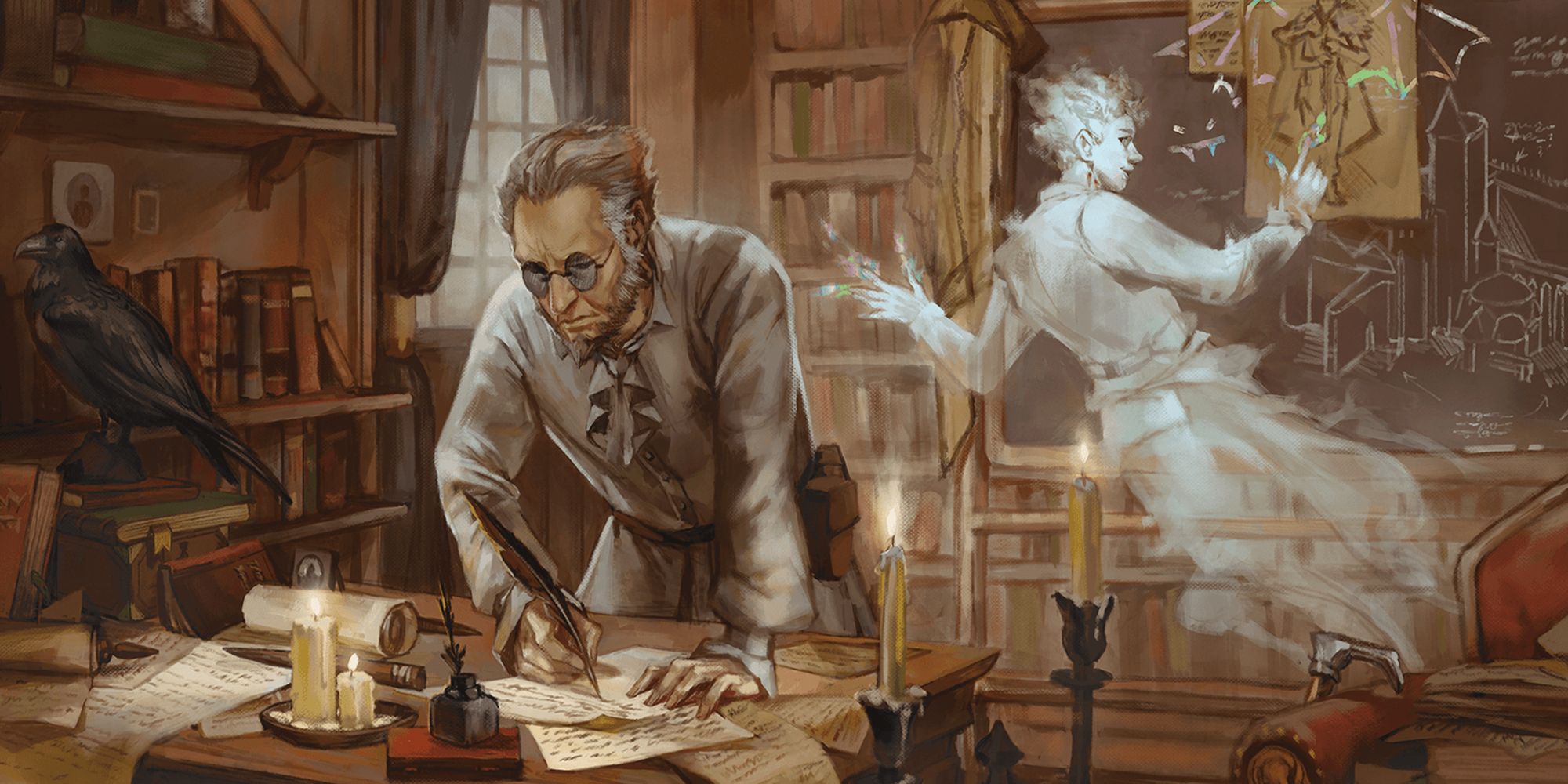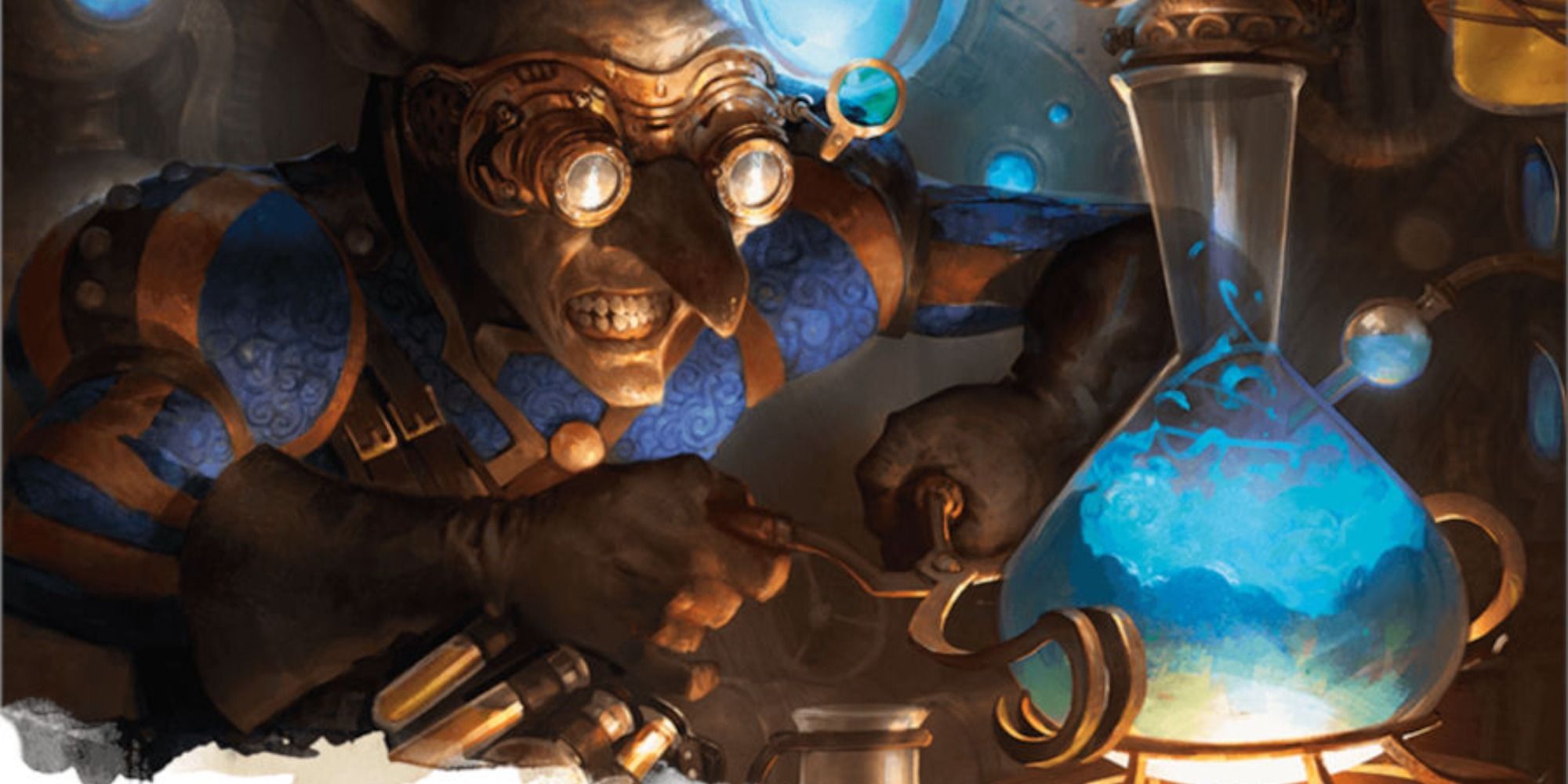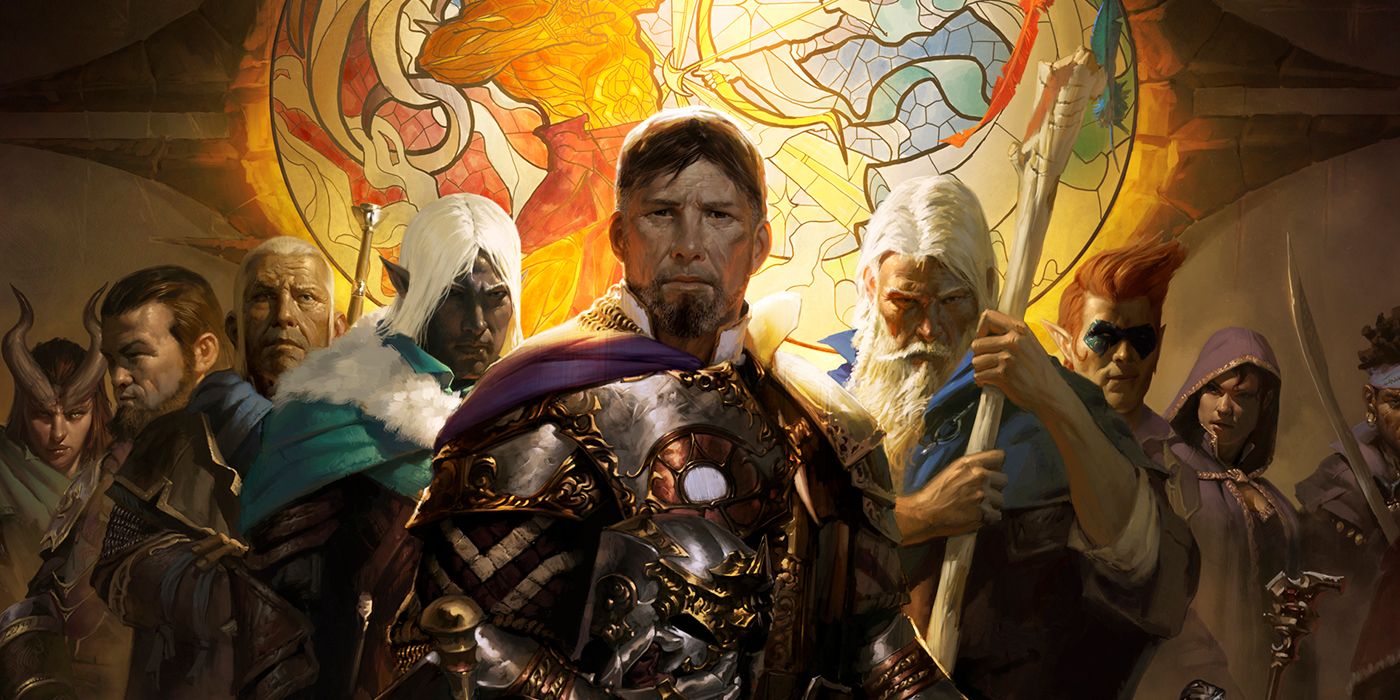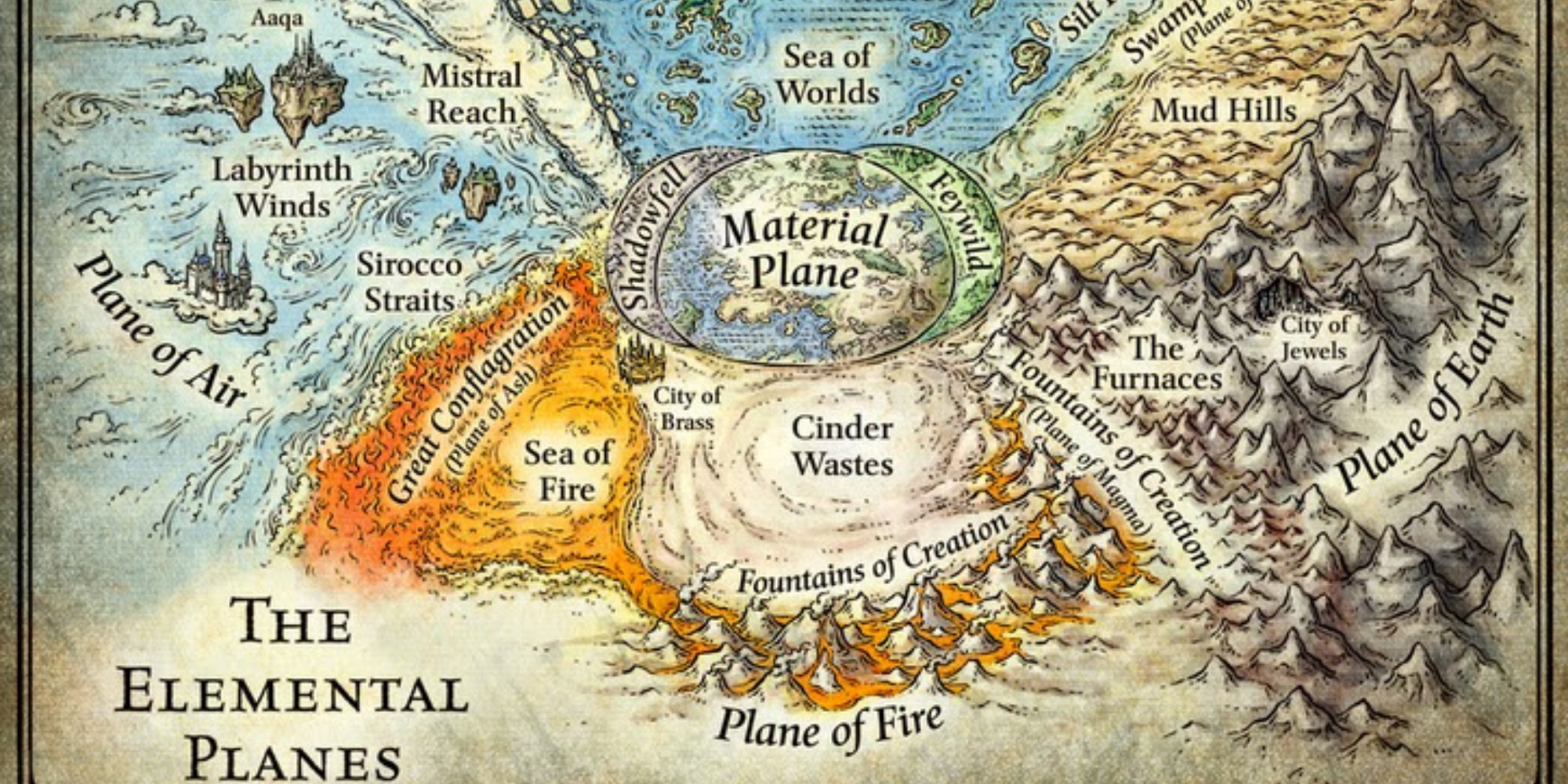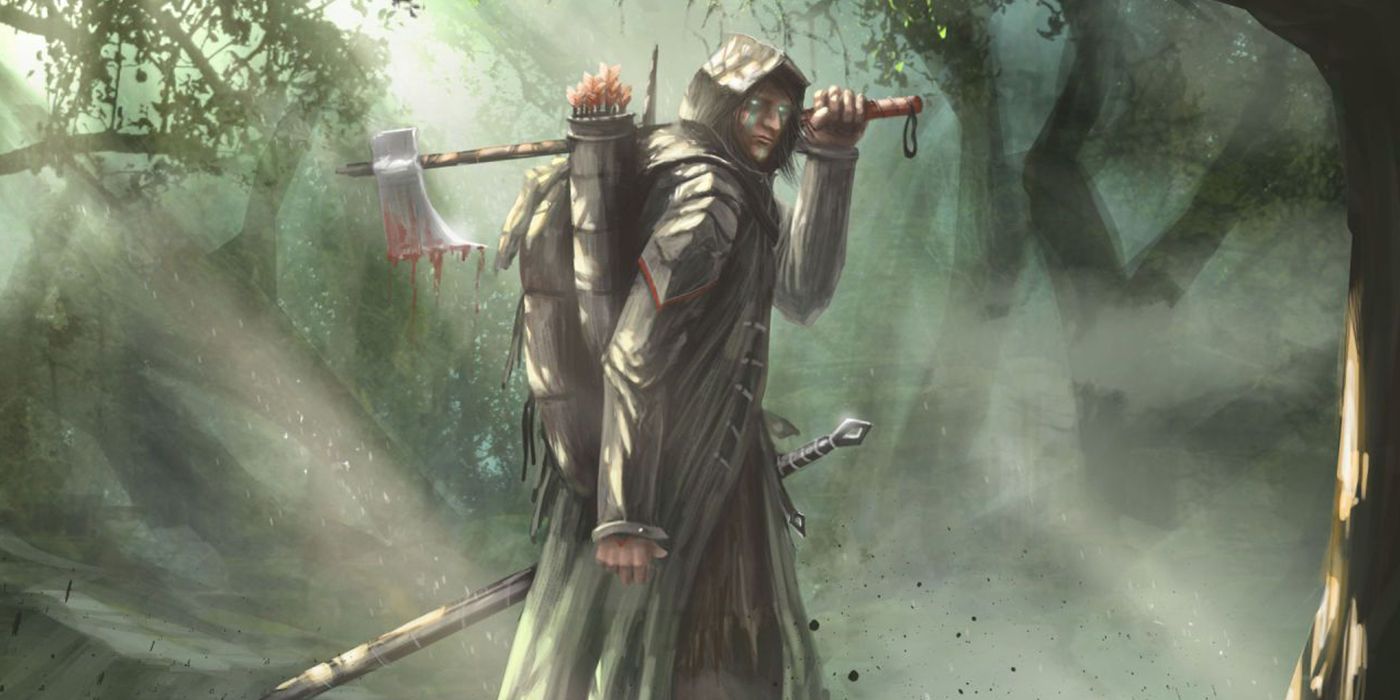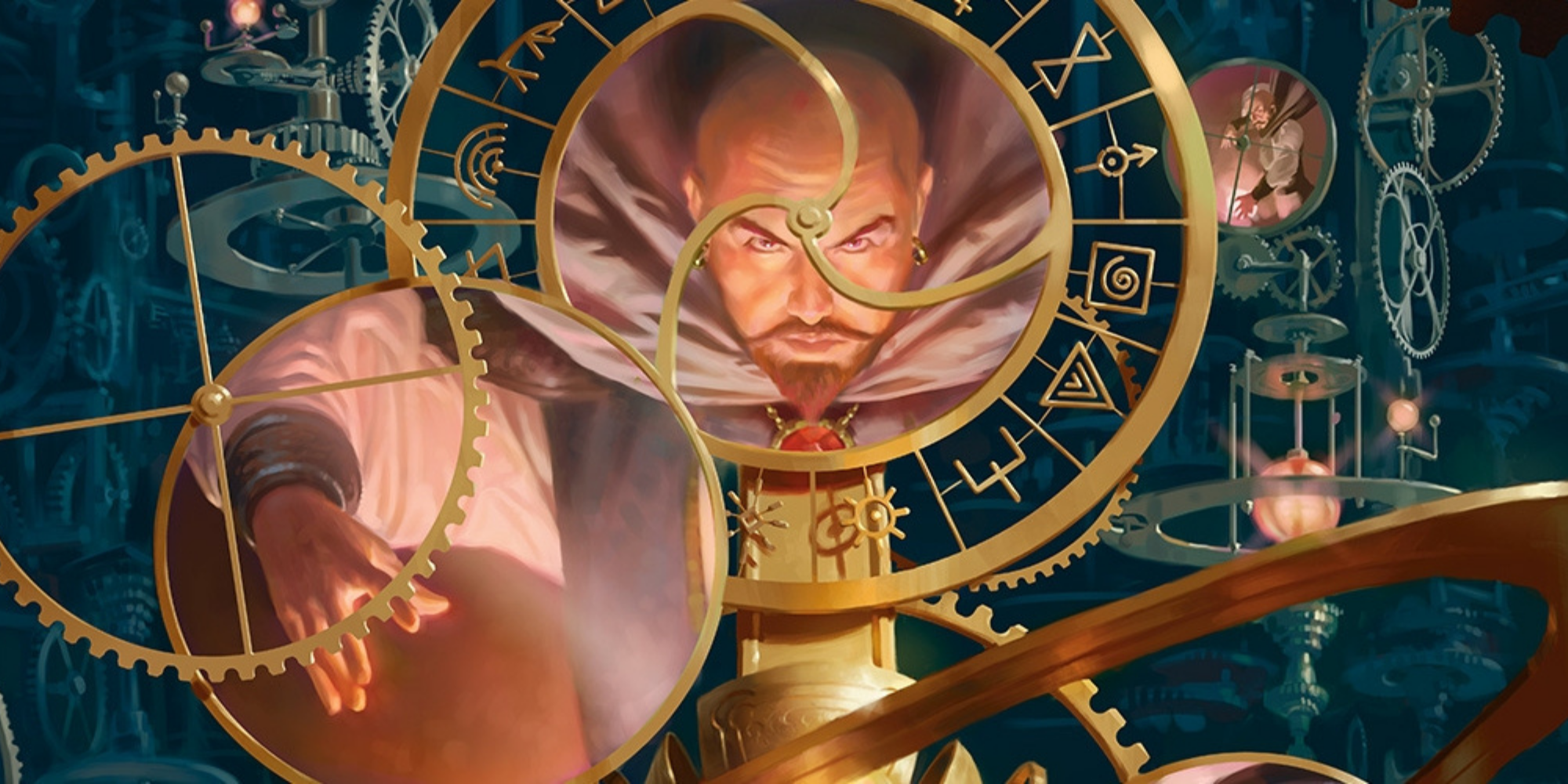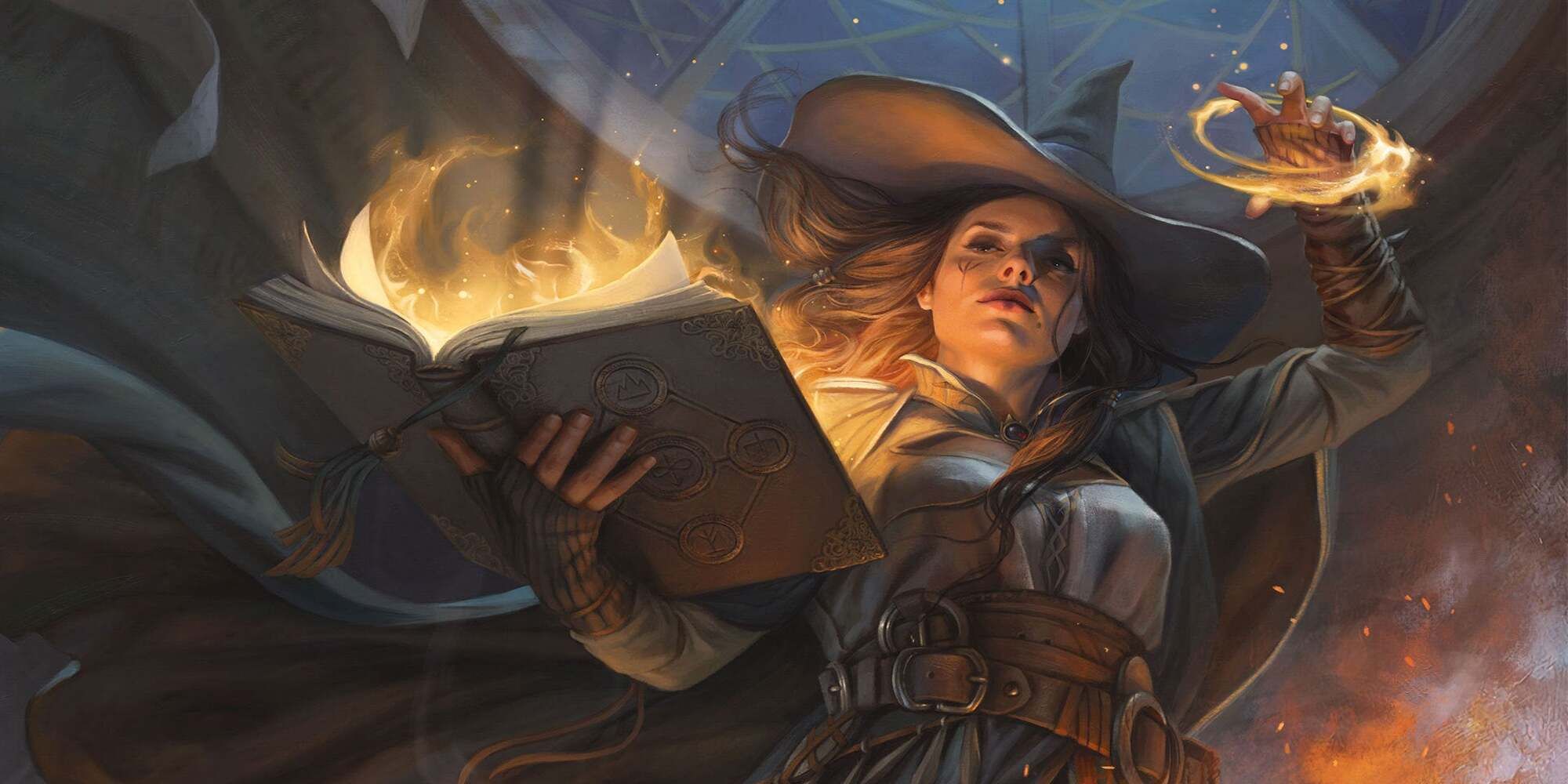The most daunting part of running a Dungeons & Dragons campaign is preparing a vast and fleshed-out world where players can explore and experience heroic stories. This is why many hesitate to become dungeon masters. Creating a whole world from scratch seems like a lot of work.While being a DM is no easy task, and it takes a lot of effort to tell an enjoyable story with the players, there are tips and tricks that many veteran dungeon masters use to be more efficient in their preparation. Being that world-building is one of the more challenging parts of running a game, these tips can help anyone create a more fleshed-out world for their games.Updated April 18, 2022, by Nima Dabirian: World-building is challenging, but having your players engage and enjoy your creation is the most rewarding part of being a dungeon master. Whether you are creating a homebrew world from scratch or customizing an existing module, world-building is a valuable skill to learn and improve. It's important to note that this is an ongoing process from the beginning and throughout the game, so it's helpful to take some time and refine your creation even during an ongoing campaign.
10 Only Focus On Necessary Details
This might seem ironic, but the first thing to remember about creating fully fleshed-out worlds is that you don't need to. Your players only interact with certain parts of your world in each session, and if they feel like that section of the world is alive and full of details, it creates the illusion of a larger and more realistic world.
It helps to have a general idea of the world as a whole, and larger events happening around it. But when it comes to working out the details of every town and city, every NPC and shop, and the small politics and events, only prepare the portions that your players are most likely to face.
9 Prepare To Improvise
Preparation and improvisation might seem opposite of each other, but there are actually some things that you can prepare to help with your improvisation during the game, and they can help your world seem more detailed.
You can prepare lists of random names with short descriptions to use as random NPCs that the players see around the world, you can prepare a list of shop and tavern names, and prepare tables of random events and encounters that can happen in certain parts of the world. Preparing these lists will be a lot more efficient than detailing every part of a town or a city, but whenever your players interact with one of these random NPCs or encounters, they feel like you have indeed thought about every detail.
8 Tell Your Players About The History
History is one of the most important aspects of any world. A rich and relevant history breathes life into the world and makes it more immersive. Writing a good history is a challenge in itself, but there are many fictional worlds, even official D&D material that can inspire the history of your world.
Whether you write a complete and original history for your homebrew world, or you prepare the history of a pre-written adventure, it's important to give relevant information and stories about the world's past to your players. History and lore that your players don't discover isn't worth much, so find a way to tell them what you have worked on. This can be done through books and libraries, NPCs, and even celebrations that happen in the world on the anniversary of certain historic events.
7 Realize The Players' Guesses And Ideas
As your players explore the world, learn about history and politics, and connect the dots between different events, they will start to theorize and discuss different ideas about the story, the NPCs, and the world at large.
Sometimes your hints throughout the game are enough that they have pretty accurate guesses, but other times they might come up with ideas that you haven't thought of. If the idea makes sense in the story, and your players believe it to be true, it can be very rewarding for them to be right. You can implement their ideas in the story with small changes, and enjoy the pride, and sometimes smug smiles when they realize they were correct.
6 Bottom-Up And Top-Down Design
There are two design methods that can be very helpful in world-building. Bottom-Up design is where you start from smaller details such as a single NPC or a tavern and work your way up to designing a district or a guild, to a town or a city, until you reach the world as a whole.
On the other hand, Top-Down design is where you start with major plot points in the world such as history and creation of the world, and work your way down to different continents and countries, and eventually flesh out smaller details in each part of the world.
The best way to design your own world is often to use both of these methods simultaneously. You can think about the lore of the world as a whole and work your way down, and think about an important NPC and design the small details about them and their surrounding. Eventually, these two designs will meet in the middle and you have a world ready for your players to explore.
5 Random Name Generators
Making up names can be challenging for many writers, whether it is a character's name or the name of a location. Luckily, there are great websites such as Fantasy Name Generators that can provide random names for almost anything. This website generates fantasy or historic names for characters or towns and cities that can suit any setting, giving you basically endless options in designing your world.
Another great benefit of random names is that they can be a great source of inspiration for developing more backstories. Names can have meanings, especially names of locations, and seeing multiple options to name a location can inspire a relevant backstory for it as well.
4 Random Map Generators
Maps are a great tool for representing the world that you've designed, as well as a great way to start world-building. Just like name generators, there are a few free tools for generating random maps. Azgaar is great for creating world maps, and Watabou is a great asset for generating maps for your towns and cities.
Both of these websites have many options for customizing and personalizing the generated results, and they are very easy to use. Having a randomly generated map is a great visual aid for designing your world since you can flesh out the details of each location without needing to imagine or design the maps in the process.
3 Establish Different Methods Of Travel
Traveling is one of the most enjoyable parts of a D&D game. Random encounters, seeing different landmarks and biomes, and going to new cities and locations can make up the majority of your game.
Establishing various transportation methods between the major cities in your world can make this aspect of the game even more immersive. Rather than traveling everywhere on foot or on horseback, your players can experience sailing on ships, flying on airships, teleportation, and if you're designing a world with more advanced technology, even trains can make memorable moments.
2 Design Major Events That Happen In The World
One of the best ways to make your world seem more realistic and immersive is to have major events happening around the world, regardless of the players. Player characters are the main characters of the story, but they are not the center of the world. When they hear news of a war breaking out, a dragon destroying a city, or another group of adventurers saving a town in need, they will feel like they are part of a greater world.
You can design these events beforehand, and either set a timeline for when they happen or assign a trigger for them. Either way, when they happen with or without the players' presence, consider the effect that they have on the world, and notify the players through news or rumors that they hear. There's a thin line between the players feeling like heroes, and feeling like they are the only people that matter in the world. Designing a world that functions and lives on without the player characters is a great way of improving the immersion of your world.
1 Have A Calendar
Calendars are one of the most important inventions of human civilizations, and yet many D&D games don't use them. There are different calendars designed for various D&D worlds such as the Harptos Calendar for Forgotten Realms, so you can either use them or make an original calendar for your homebrew world.
When it comes to tracking a calendar, it's not necessary to track the exact day. But knowing what month and season you are in, and adjusting the environment accordingly when long periods of time have passed, would make the world feel much more realistic.

